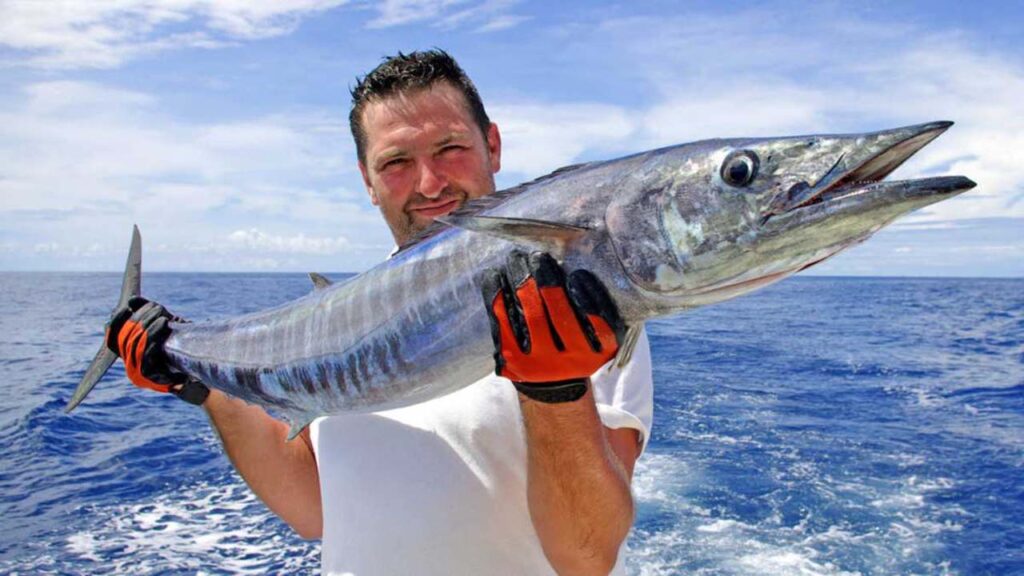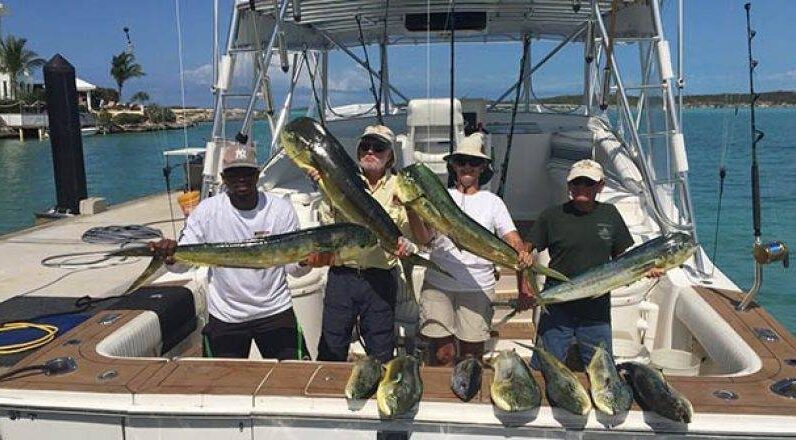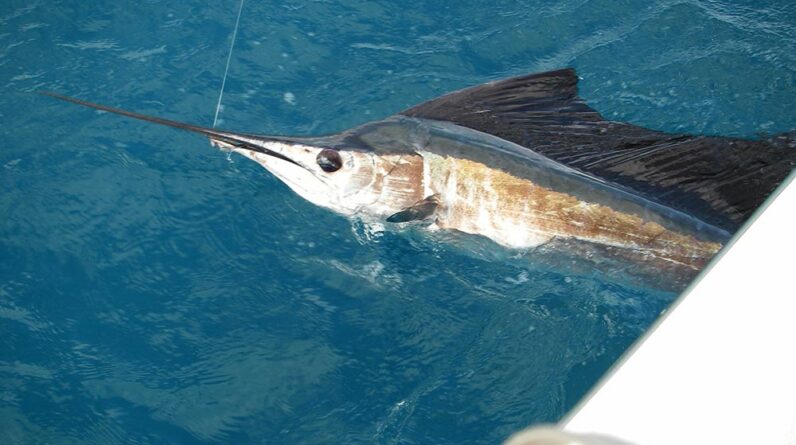Famous for Atlantic salmon fishing in Newfoundland and Labrador, New Brunswick, and Cape Breton Island, Atlantic Canada is a great place for sport fishing. All over these areas, you can find fishing guides, trips, lodges (from basic to fancy), and packages. A helper will cost between $250 and $500 a day. There is a plan that costs the most and includes everything: lodging, meals, a guide, and, in some cases, fly-in transportation to get to remote areas. Rifflin’ Hitch Lodge in Labrador is a typical place to stay. It’s a 50-minute flight southeast from Goose Bay. The camp is on the Eagle River, which is one of the best for Atlantic salmon fishing in North America. It has all the comforts of home and some of the best fishing in the world. There is a hot tub, gourmet food, and comfy private rooms for guests. They can also fish from the shore or from boats, with one guide for every two guests.

The Atlantic Salmon
The Atlantic salmon is the only type of salmon that lives in the saltwater of Atlantic Canada. It loves both freshwater and the sea, so it can live in both. Salmon can live in freshwater for up to three years before they go through huge changes inside their bodies that let them survive in saltwater. After that, they stay out at sea for two to three years, going as far as Greenland. They start their epic trip back to where they were born, to the exact spot of gravel on the same river where they came from when they were young. People who fish want to catch salmon that are coming back to the water. The Miramichi Stream in New Brunswick is the most famous of all the river systems. The biggest Atlantic salmon can weigh 36 kilograms, but the smallest land-based salmon rarely weigh more than 10 kilograms.
Other species that live in saltwater
Flounders get caught in shallow water and hide themselves in the sand to avoid being caught. They can get up to 40 centimeters long, and it’s very easy to catch and lose them. People like to use clams and worms as bait. It’s easy to catch mackerel with spinning poles because they stay in shallow water all summer. It’s very cheap to take a mackerel cruise from North Rustico Harbour in Prince Edward Island.
Fish that live in freshwater
Speckled trout, which are also called brook trout, are common in the area. They are fun to catch and tasty to eat. For the most part, they like cooler water, like streams fed by springs. Spinners or flies can be used to catch them. At the Museum of Natural History in Halifax, there is a 3.4-kilogram specimen that is one of the biggest ever caught. The rainbow trout were brought to Atlantic Canada in the late 1800s and now live in lakes and rivers all over the country. A lot of lakes in Atlantic Canada that are easy to get to are filled with trout every spring. It’s easy to care for and raise rainbows, so that’s what most of them are. They will bite fake flies, small spinners, or spoons. There are plenty of lake trout in Sherbrooke Lake and Dollar Lake, both of which are close to Halifax. However, Newfoundland and Labrador is home to the largest numbers of this species. You can find brown trout in some streams and bigger lakes. They were brought here from Europe, and the biggest fish ever caught in the region was 13 kilograms and caught in Newfoundland.
Striped bass lives in rivers and estuaries all over the area. They are long and lean. The species is hard to catch, and it’s thought that it takes between 40 and 50 hours of fishing to catch one. A 28.6-kilogram monster caught in the lower parts of the Saint John River in New Brunswick holds the record for the area. New Brunswick and southwestern Nova Scotia got their smallmouth bass from farther west. They are a popular sport fish. They live in quiet, clear water with gravel on the bottom.
Whitefish live all over North America and are easy to catch in most lakes and rivers. They don’t get very big, though—rarely more than 15 cm. Acadian whitefish, which are also known as Atlantic whitefish, are only found in the southwest of Nova Scotia. Because the fish is a protected species, you can’t fish for it; if you do go fishing in these areas, bring an identification chart with you. Wide vertical bands help you spot yellow perch, which is also called lake perch. In Nova Scotia and New Brunswick, they are most often caught in small lakes and rivers. They are fun to catch and tasty.
Rules and licenses for fishing
Before you try to cast a line, you should learn about the licensing and rules that apply in your area.
Nova Scotia: The Department of Fisheries and Aquaculture is in charge of leisure fishing. It takes $13 for one day, $34 for seven days, or $64 for a whole year for non-residents to get a clean water license. A card for residents costs $28 a year.
Non-residents can fish for salmon in New Brunswick for $38 for three days, or $20 for all other species. A license for seven days costs $75 and a license for a year costs $138 and $38. People who don’t live in New Brunswick can’t fish for salmon in its rivers without a guide. Other bodies of water are set aside as “Crown Reserves,” which means that only locals can fish there. Check out www.gnb.ca, the government website, for more details.
There is a trout fishing season from mid-April to mid-September on Prince Edward Island. The Department of Communities, Land, and Environment charges $10 a year plus a $20 Wildlife Conservation Fund fee ($13 for seniors).
Do you want to know more about fishing in fresh and saltwater in Newfoundland and Labrador? Call the Department of Environment and Conservation. A trout fishing license costs $8 a year, and a salmon license for people who don’t live in the area costs $53. If you don’t live in the province, you can’t fish more than 800 meters from a provincial highway without a guide or a close relative who lives in the province.
A separate pass is needed to fish in national parks. You can get one at park offices and some sports shops for $9.80 for seven days or $34.30 for the whole year.






